HIV is a severe human-acquired deficiency virus that causes impairment of a person's qualifications. The source is the presence of an HIV-infected person, and the infection is transmitted through blood, sexual contact, and from mother to child during delivery or through breast milk.
HIV (human immunodeficiency virus) is a human-acquired immunodeficiency virus belonging to the retrovirus family. It has an affinity for immune system cells: monocytes, macrophages, and T helper lymphocytes with the CD4 molecule on their cell membrane. The virus multiplies and destroys the mentioned cells, causing gradual, chronic impairment of the infected patient's immunity.
Its biology uses human cells to reproduce and permanently embeds genetic material into its DNA. Therefore, a person with HIV will have it for the rest of their life.
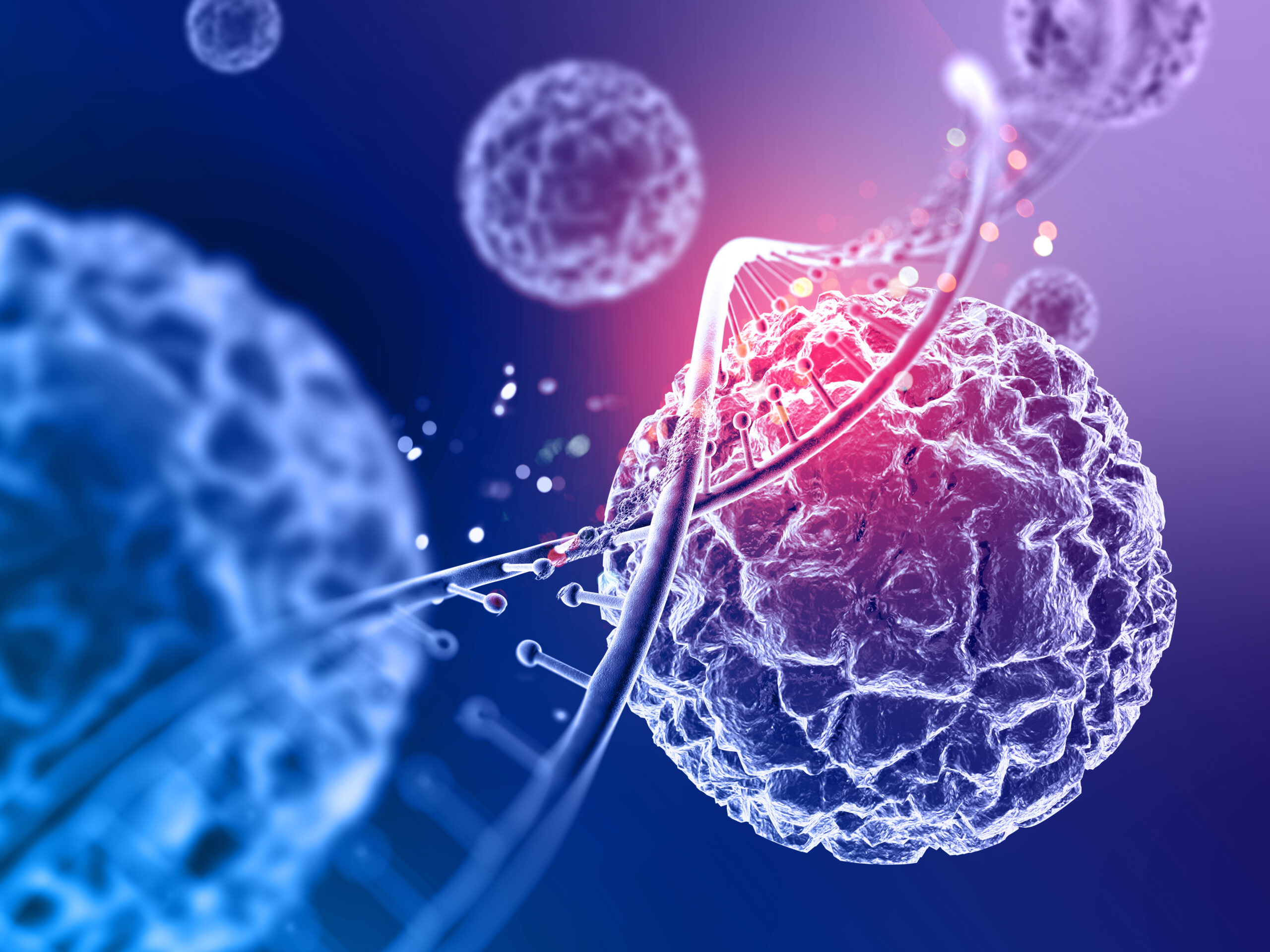
HIV targets cells in the immune system with a specific molecule (CD4) found on their cell membrane. Specialized cells involved in the immune response to infections and anti-cancer response possess this molecule. This molecule helps attach and communicate with other cells, which is especially important when all immune cells attack foreign pathogens.
HIV targets the CD4 molecule and attaches to it through a protein called gp120 located on its envelope and through the co-receptor – CCR5. These subunits are necessary because some drugs used to treat HIV work through these molecules.
AIDS![]() is a multi-symptomatic, severe disease caused by the development of untreated HIV infection. The name of the disease is an abbreviation of the English words acquired immunodeficiency syndrome, which means acquired immune deficiency syndrome. The virus causing the disease can multiply in the cells of the immune system and gradually destroy them.
is a multi-symptomatic, severe disease caused by the development of untreated HIV infection. The name of the disease is an abbreviation of the English words acquired immunodeficiency syndrome, which means acquired immune deficiency syndrome. The virus causing the disease can multiply in the cells of the immune system and gradually destroy them.
If an appropriate treatment that inhibits virus multiplication is not undertaken in time, the immune system ceases to fulfill its function – protecting the body against diseases. Therefore, AIDS is a combination of various types of infections and many types of cancer that the inactive immune system cannot fight.
HIV infection may not cause any symptoms for up to several years. Patients often see a doctor only with the first symptoms of AIDS when it is too late for effective treatment.
The names HIV and AIDS are often used interchangeably, which is not correct – they are not synonyms. HIV is the name of the virus, and AIDS refers only to the full-blown disease. You cannot get AIDS unless you have previously been infected with HIV. Moreover, simply carrying the virus does not mean that you will suffer from AIDS.
The initial stage of HIV infection may be asymptomatic or cause non-specific symptoms. It is the so-called primary HIV infection.
The most common symptoms![]() of primary HIV infection are:
of primary HIV infection are:
After the acute phase, the disease turns into a chronic, asymptomatic form, in which chronic generalized lymphadenopathy may sometimes occur. It is the enlargement of nodes in at least two non-adjacent places, except the inguinal area. As the disease progresses, symptomatic infection may occur, characterized by several clinical symptoms associated with the infection. In this phase of the disease, diseases that are not indicative of AIDS may occur:
The last stage of the disease is AIDS, an advanced stage of infection diagnosed based on emerging indicator diseases, ending in death on average two years after diagnosis.
Symptoms of HIV infection can be very vague and so non-specific that they are often underestimated, and the long duration of the disease (8-10 years) means that the patient is completely unaware of the infection.
The human immunodeficiency virus enters the human body through the portals of infection resulting from disruption of the skin and mucous membranes, as well as through the placenta and with the milk of the sick mother. After entering the body, HIV combines with blood cells.
HIV infection may be caused![]() through:
through:

The risk of HIV transmission increases in the case of sexually transmitted diseases, especially those involving ulcerations and erosions on the genitals.
You can get blood-borne route![]() through:
through:
The HIV can be transmitted from an infected mother to her baby![]() at various stages:
at various stages:
The risk of transmitting the infection during pregnancy, childbirth, or while breastfeeding a newborn is highest if the woman does not know about her infection. Suppose a woman is aware of the infection and remains under the care of a gynecologist and an infectious disease specialist during pregnancy.
In many countries, women planning to have a child or who are pregnant are offered an anti-HIV antibody test as one of the routine diagnostic tests performed for the safety of both the mother and her child.
Anyone who believes that they may have been infected with HIV should contact the appropriate health center, where they will be able to perform HIV laboratory tests![]() free of charge and anonymously.
free of charge and anonymously.
However, serological tests give reliable results only about three months after infection. Diagnosis of HIV infection is possible using techniques that detect antibodies in the blood that specifically recognize viral proteins (so-called anti-HIV antibodies) and methods that enable the determination of the virus's genetic material and the main viral protein called p24 in body fluids, cells, and tissues.
Recommended diagnostic tests to detect HIV infection include:
The goal of antiretroviral therapy![]() is:
is:
The introduction of a new group of drugs into therapy – HIV protease inhibitors![]() – resulted in a breakthrough in the treatment of people infected with HIV. The simultaneous use of three antiretroviral drugs, most often two nucleoside reverse transcriptase inhibitors and one protease inhibitor, allowed people already diagnosed with AIDS to recover, and patients whose treatment was started at an asymptomatic stage were much less likely to suffer from diseases related to HIV infection.
– resulted in a breakthrough in the treatment of people infected with HIV. The simultaneous use of three antiretroviral drugs, most often two nucleoside reverse transcriptase inhibitors and one protease inhibitor, allowed people already diagnosed with AIDS to recover, and patients whose treatment was started at an asymptomatic stage were much less likely to suffer from diseases related to HIV infection.
Specialists may use highly active antiretroviral therapy![]() (HAART). It allows to stop the multiplication (replication) of the virus and the progression of the disease. Since the treatment does not remove the virus from the body but only slows down its replication, the person should continue it for the rest of their life.
(HAART). It allows to stop the multiplication (replication) of the virus and the progression of the disease. Since the treatment does not remove the virus from the body but only slows down its replication, the person should continue it for the rest of their life.
Specialists use drugs from the following groups:
Unfortunately, due to the high instability of HIV, as in the case of many other viruses, but also bacteria and fungi, new genetic variants that are resistant to treatment are constantly emerging.
Antiretroviral drugs may cause side effects shortly after starting their use (most often affecting the gastrointestinal tract), but also late ones, appearing after a long time (disorders of fat tissue distribution – lipodystrophy, carbohydrate and fat metabolism). It is easier to prevent these disorders (e.g., by living a healthy lifestyle with a balanced diet and increased physical activity) than to treat them, and each patient treated with ARV drugs should monitor the concentration of glucose, cholesterol, and triglycerides.
Antiretroviral therapy is the only way to slow the progression of HIV infection to AIDS and death, the only option – if started late – is to restore the function of the immune system.
The most important rule to protect against HIV infection is to avoid risky behavior. Measures to prevent![]() sexual infection include:
sexual infection include:

To prevent blood-borne HIV infection![]() you should:
you should:
To prevent vertical infection of the child![]() :
:
There is currently no vaccine against HIV![]() . The difficulties in creating it are related to the high frequency of mutations in the virus's surface proteins, which causes a diversity of antigenic types. Nevertheless, intensive research is still ongoing to create such a vaccine.
. The difficulties in creating it are related to the high frequency of mutations in the virus's surface proteins, which causes a diversity of antigenic types. Nevertheless, intensive research is still ongoing to create such a vaccine.
Remember that in some countries, exposing another person to HIV infection by a person aware of their HIV status is subject to criminal liability.
The currently used combination antiretroviral therapy makes HIV infection a chronic disease. A person infected with HIV can lead a normal life![]() – work, start a family and have children. They must follow safety rules that will protect people in contact with them against infection.
– work, start a family and have children. They must follow safety rules that will protect people in contact with them against infection.
First of all, remember that HIV is transmitted through blood, semen, and genital secretions and not through tears, sweat, urine, or feces (unless it contains blood). If you know about your disease, you should not donate blood at blood donation stations or consent to have your organs or tissues harvested for transplants.
A person with HIV, even if their partner is also infected, should always use a condom during sexual intercourse. If both partners are carriers, intercourse without a condom may result in superinfection with a different type of virus (e.g., more difficult to treat).
People infected with HIV can also have children because the sperm themselves do not transmit the virus and, after being selected from the seminal fluid, can be used for fertilization.
People with HIV must remember to take medications and undergo tests regularly (usually every 3-6 months) and should be in constant contact with their doctor.
Remember also about your mental health![]() . HIV-related stigma perpetuates and reproduces existing social inequalities, especially those related to gender and sexuality, ethnicity, and socioeconomic status. Erroneous and harmful beliefs result, among other things, in underestimating the risk of infection among people who do not identify with any of the social groups stereotypically associated with HIV and, as a result, postponing or avoiding HIV testing despite engaging in risky behaviors that may result in infection.
. HIV-related stigma perpetuates and reproduces existing social inequalities, especially those related to gender and sexuality, ethnicity, and socioeconomic status. Erroneous and harmful beliefs result, among other things, in underestimating the risk of infection among people who do not identify with any of the social groups stereotypically associated with HIV and, as a result, postponing or avoiding HIV testing despite engaging in risky behaviors that may result in infection.
Other cognitive components of HIV-related stigmatization considered in research include moral judgments and condemnation of infected people, holding them responsible for the infection, and attributing to them particular characteristics such as irresponsibility or sexual permissiveness. In the group of HIV-infected people, social stigmatization processes result from experiences of rejection and unfair treatment due to their HIV status, as well as awareness of the social devaluation of these people.
Table of Contents
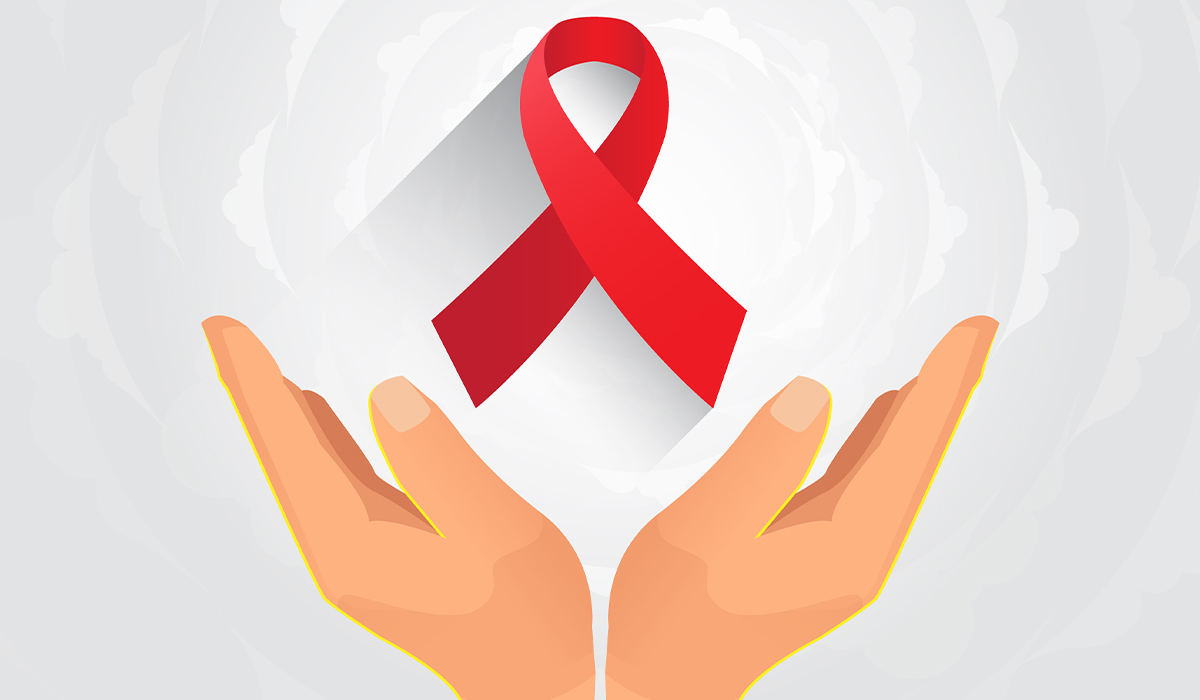
AIDS is a disease caused by HIV. This virus attacks the cells of the human's immune system, making them unable… read more »
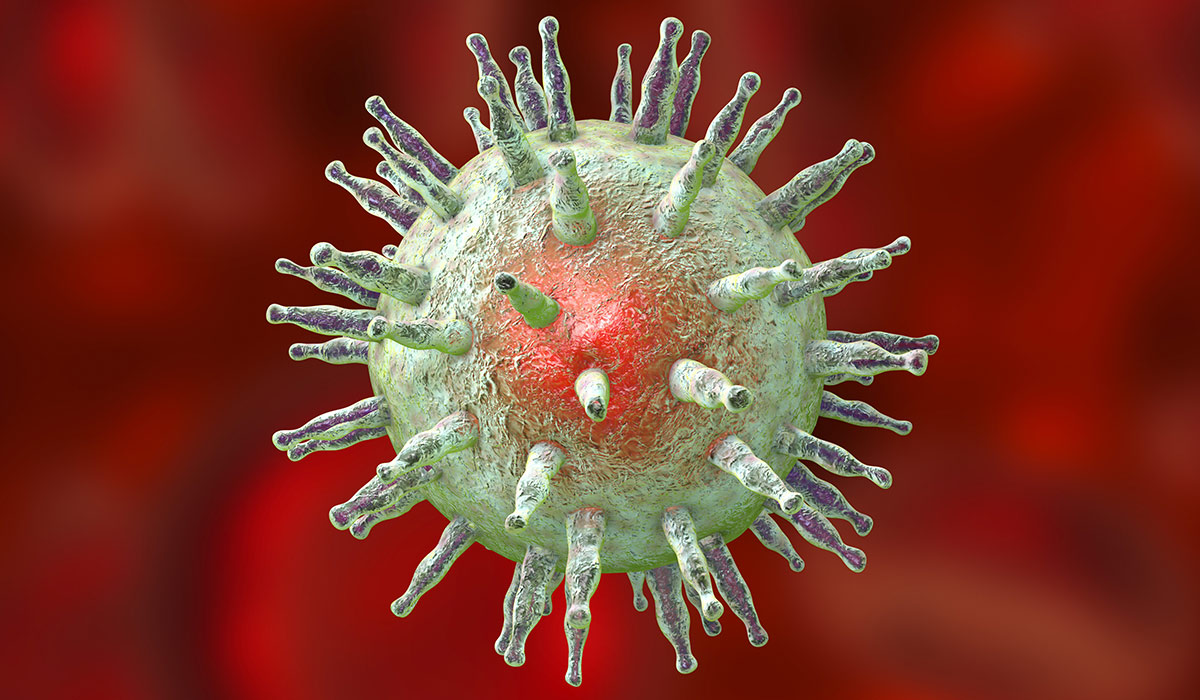
Epstein Barr Virus is a pathogen that causes infectious mononucleosis and many other diseases. Learn about the risks associated with… read more »
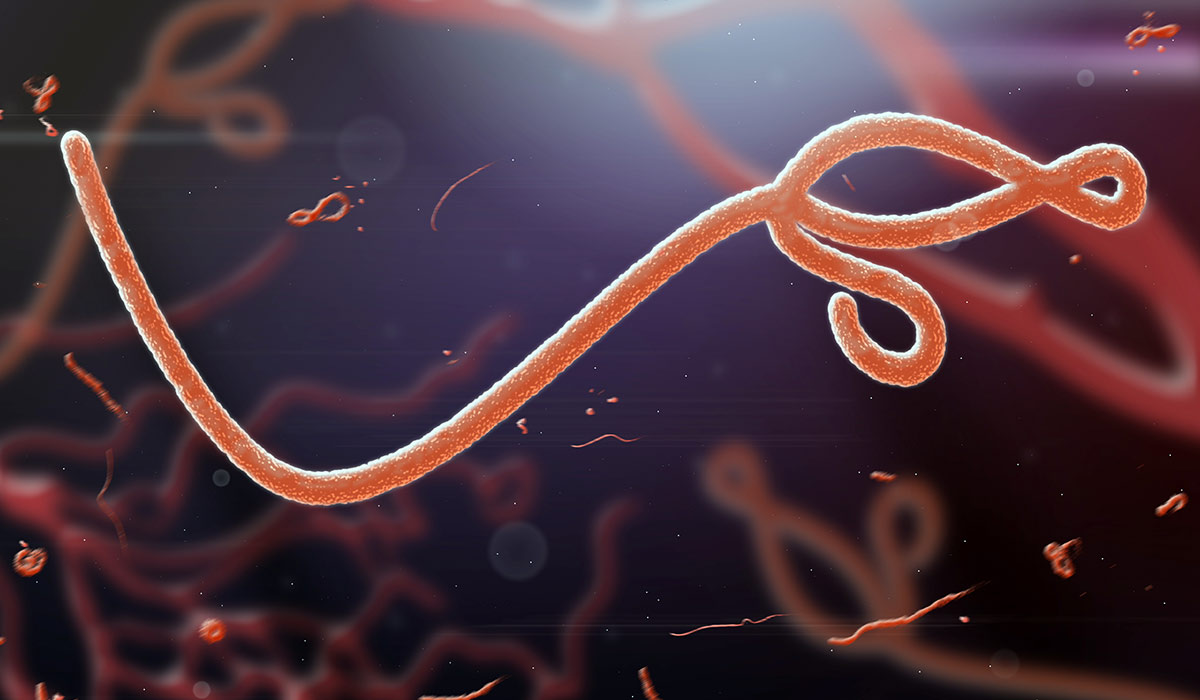
The Ebola virus continues to pose a threat to those living in Africa. Learn about the risks associated with Ebola… read more »
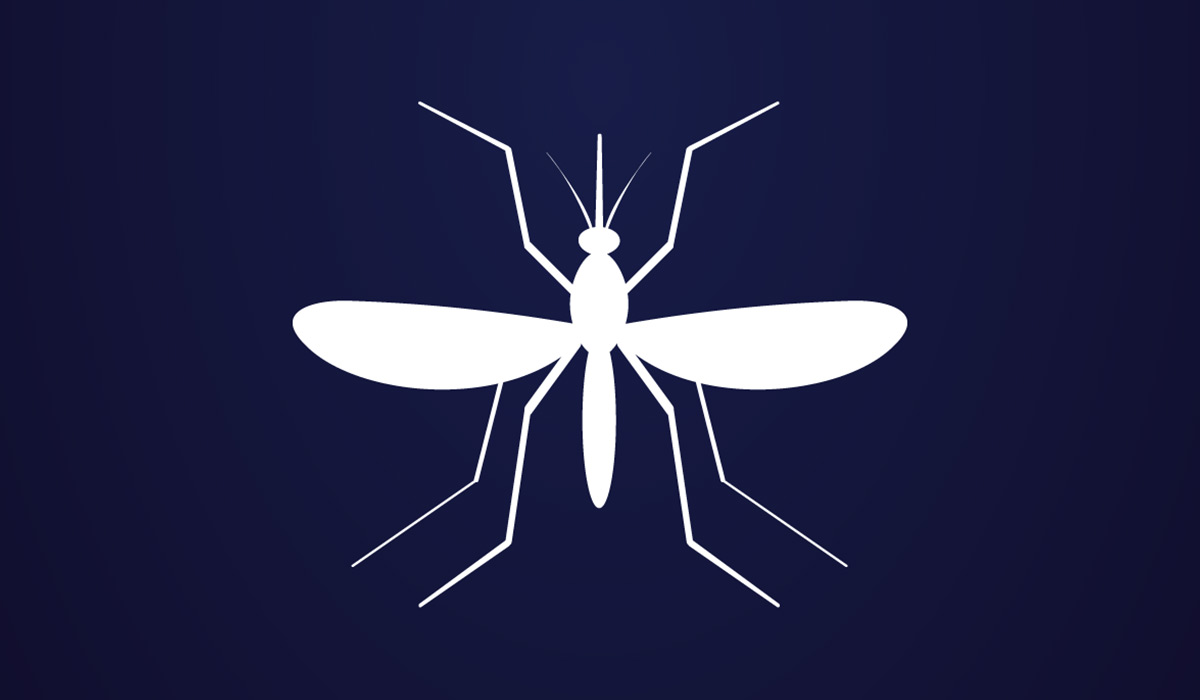
West Nile Virus is a threat not only to Africans. Fortunately, most patients pass the infection mildly, but there are… read more »

Herpes is a viral infectious disease that most often affects the lip area. Herpes virus infections are common. What does… read more »
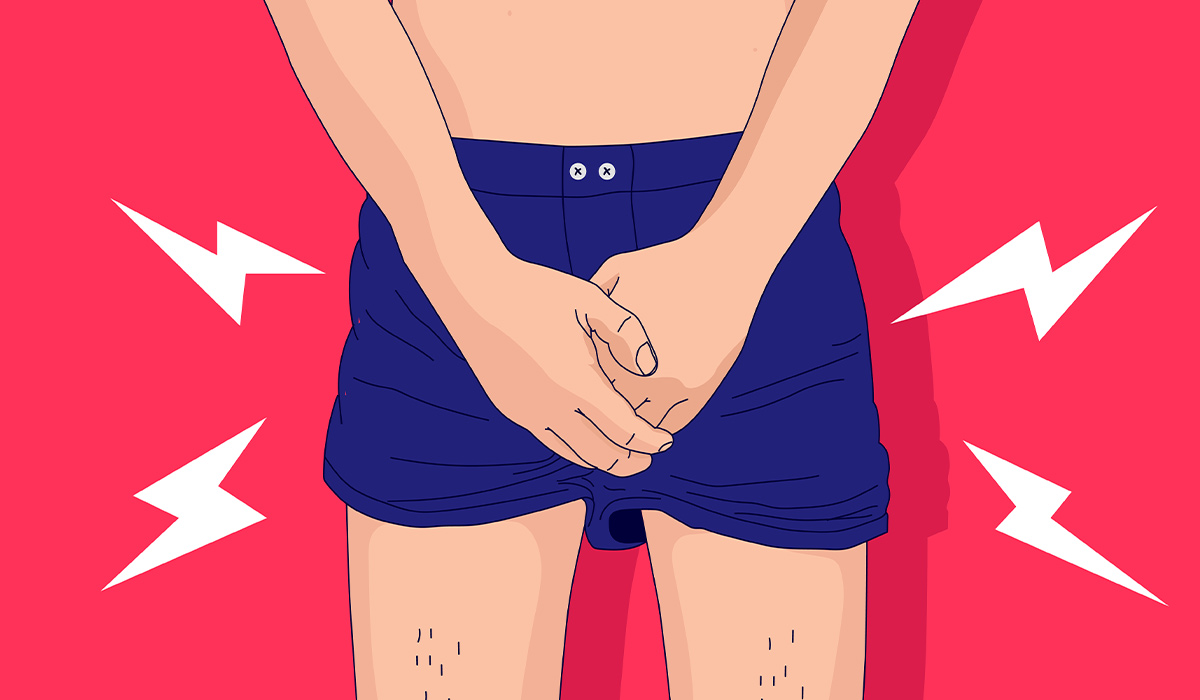
Genital herpes is a disease caused by the HSV herpes virus. What symptoms does it give? Check what treatment and… read more »
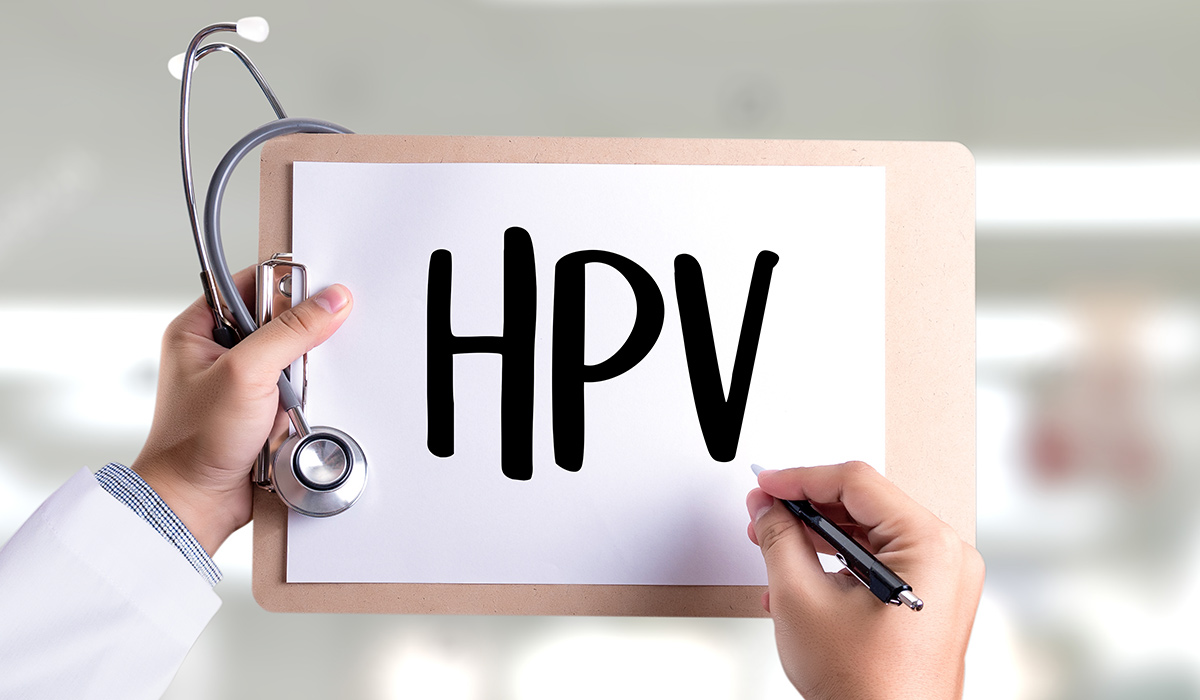
HPV (human papillomavirus) is a pathogen that can cause many different conditions, depending on its subtype. What are the symptoms… read more »
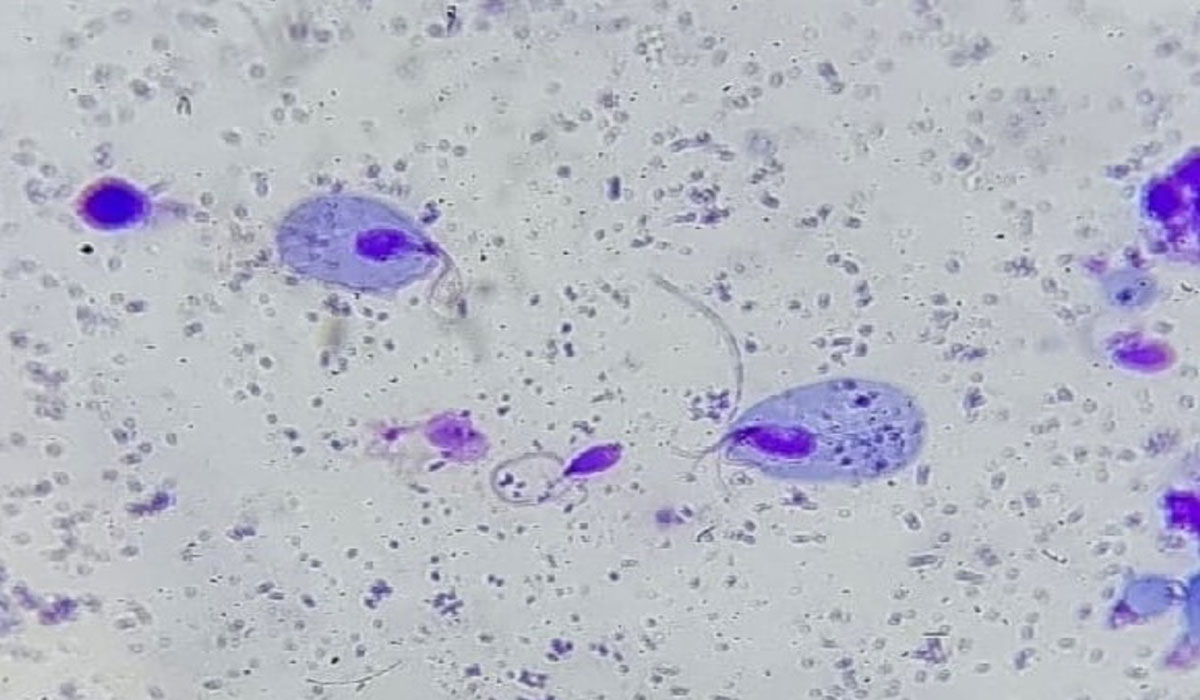
Trichomoniasis is a parasitic disease that is transmitted to humans through sexual intercourse. What symptoms does it cause? What to… read more »
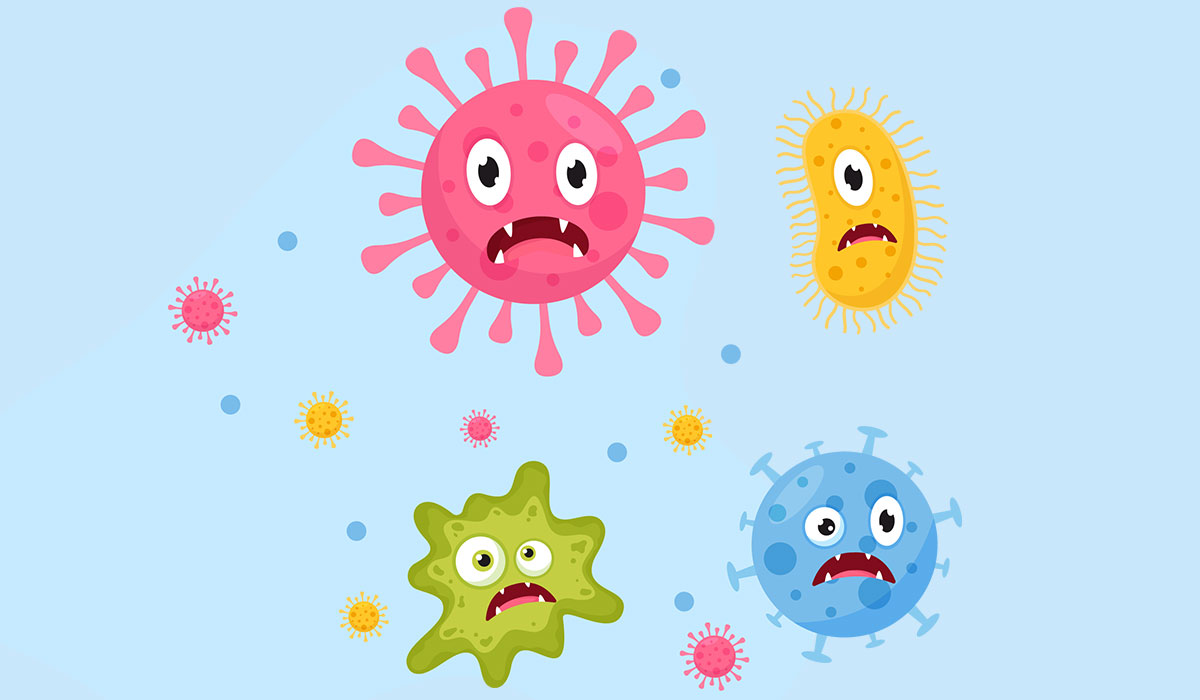
Viruses are microscopic infectious agents that can only replicate inside the living cells of a host organism. They are not… read more »